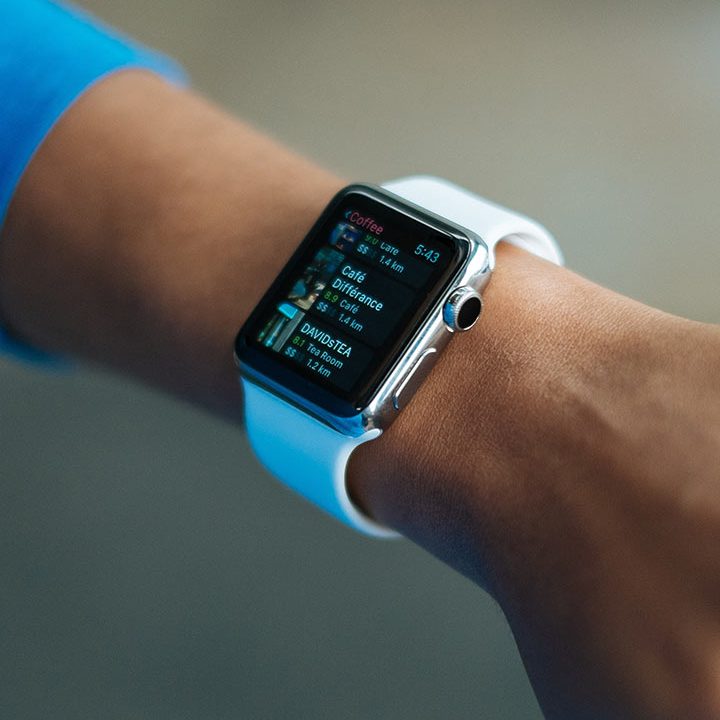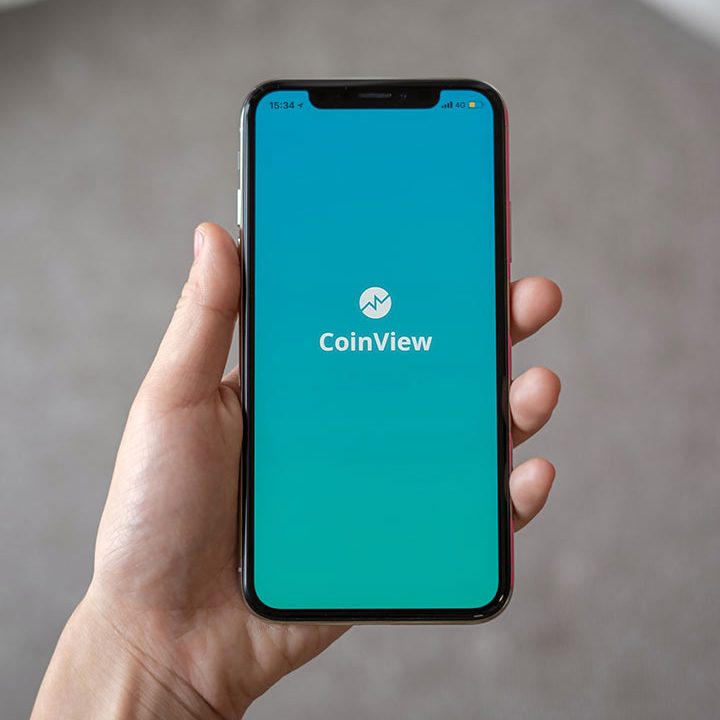FDA Approves Lucemyra But Is It Better Than Clonidine? 2018-11-08 CARLAT PUBLISHING
Contents
Hence, it was concluded that lofexidine even if given in higher doses is well-tolerated but it cannot relieve all opioid withdrawal symptoms. It is suggested that lofexidine should be combined with some other drugs for its effective use in rapid withdrawal . One advantage of lofexidine over clonidine is a higher therapeutic index of the former, which makes the outpatient management possible as well. Some sustained release formulations are also available which can maintain the plasma steady state for longer periods of time than conventional doses (starting at 0.2 to 3.2 mg/day of maximum dose) .

For patients choosing medically supervised withdrawal, methadone and buprenorphine are still the most effective, but lofexidine may be an important option for patients undergoing withdrawal with the intent of starting extended-release naltrexone. Lofexidine is one of many medications that help reduce opioid withdrawal symptoms. Lofexidine was approved for use by the United States Food and Drug Administration in 2018 foropioid withdrawal.
Taking Lucemyra with food
The usual starting dosage is three tablets taken four times a day. Talk with your doctor right away if you have bradycardia or any of these symptoms while taking Lucemyra. Orthostatic hypotension is a sudden drop in blood pressure that happens when you quickly move from lying down to sitting up or standing.

Zubsolv (buprenorphine/naloxone) is used to treat opioid use disorder. Find out what the recommended dosages are, how to take the drug, and more. Talk with your doctor if you have severe orthostatic hypotension, which can include falling or fainting, while taking Lucemyra.
The Recovery Village aims to improve the quality of life for people struggling with substance use or mental health disorder with fact-based content about the nature of behavioral health conditions, treatment options and their related outcomes. We publish material that is researched, cited, edited and reviewed by licensed medical professionals. The information we provide is not intended to be a substitute for professional medical advice, diagnosis or treatment. It should not be used in place of the advice of your physician or other qualified healthcare providers. The receptor binding affinity of lofexidine at these sites is shown in Figure 4. Similar to the profile of clonidine, lofexidine has affinity for several alpha-adrenoceptor subtypes.
Buprenorphine and methadone are both opioid agonists, meaning they exert activity at the same receptor that all opioids do. This makes them effective at resolving withdrawal symptoms, and also at relieving cravings and reducing the likelihood of relapse and overdose if used in an ongoing way. Seventeen patients receiving at least 1 dose of lofexidine during inpatient treatment for opioid withdrawal were included in this study. A retrospective chart review was conducted for clinical, subjective, and objective data.
Lucemyra VS Clonidine: Making Opioid Withdrawal Tolerable
Patients treated with lofexidine should follow up regularly with a medical professional. Overall, most trials concluded that lofexidine is an effective treatment for opiate detoxification. It is better tolerated than clonidine and can be combined with other agents such as naltrexone or methadone to treat opiate withdrawal. However, there was an earlier peak of the withdrawal symptoms along with relatively severe withdrawal symptoms in the methadone/lofexidine group . In another trial, it was found that the effects of methadone/lofexidine and buprenorphine/naloxone were comparable, and no significant efficacy difference was found. Although the patients in the methadone/lofexidine group showed better retention and a lesser amount of opiate-positive urine cultures than buprenorphine/naloxone group in the maintenance phase.
In contrast, in the group assigned to buprenorphine, 75% were abstinent and no one died. These are dramatic differences calling into question any practice of medically supervised withdrawal as an effective intervention for opioid use disorder. For alpha2-adrenergic agonists compared with placebo, the evidence was very low to moderate quality, indicating that further evidence would be likely to change the estimates of relative effect made in this review. However, the evidence is sufficient to indicate that alpha2-adrenergic agonists are more effective than placebo, making further comparisons of this nature inappropriate on ethical grounds.
Lucemyra, also known as lofexidine, is a new medication in the same family as clonidine. However, unlike clonidine, the FDA has approved Lucemyra specifically for treating opioid withdrawal. In fact, this by itself can be a reason to choose Lucemyra. Many doctors prefer to only use medications that have been specifically approved for a particular use. This case series demonstrates that lofexidine can be used in conjunction with other medications commonly used to treat OWS. Lofexidine can be successfully incorporated into a conventional withdrawal management protocol.
- Kahn A, Mumford JP, Rogers GA, Beckford H. Double-blind study of lofexidine and clonidine in the detoxification of opiate addicts in hospital.
- For the comparison of alpha2-adrenergic agonists with reducing doses of methadone, the evidence was low to moderate quality.
- Both drugs work by quieting the part of the nervous system responsible for the fight-or-flight response, called the sympathetic nervous system.
For many years, the main approach to detoxification involved suppression of withdrawal with methadone and gradual reduction of the methadone dose. The use of methadone in this way has been limited by government relationship of anger with alcohol use treatment outcome restrictions on prescription of methadone and dislike of the drawn-out nature of methadone withdrawal. Clonidine and similar medications (known as alpha2-adrenergic agonists) offer an alternative approach.
Lucemyra and pregnancy
If you have low blood pressure, talk with your doctor to find out if Lucemyra is safe for you. Buprenorphine can also be a part of combination drugs, such as buprenorphine/naloxone adhd and alcohol use . Be sure to tell your doctor about all medications you take. For instance, some interactions can interfere with how well a drug works.

Bearn J, Bennett J, Martin T, Gossop M, Strang J. The impact of naloxone/lofexidine combination treatment on the opiate withdrawal syndrome. Lin SK, Strang J, Su LW, Tsai CJ, Hu WH. Double-blind randomised controlled trial of lofexidine versus clonidine in the treatment of heroin withdrawal. Sublocade is a prescription drug for moderate to severe opioid use disorder. There are also many over-the-counter drugs that can be used to treat certain symptoms of opioid withdrawal. See the “Lucemyra use with other drugs” section for a list of other OTC drugs used.
Common questions about Lucemyra
By subduing the sympathetic nervous system, lofexidine and clonidine both curb opioid withdrawal symptoms like nausea, vomiting, shakiness, and pervasive feelings of panic and depression. Interestingly, doctors prescribe this medication to treat high blood pressure. While clonidine is not the first choice for treating high blood pressure because of side effects, it is commonly used for opioid withdrawal symptoms. Once people have withdrawn from opiates, the medication has been cleared from their system—however, the psychological dependency often persists.
Call your doctor right away if you have serious side effects. Most of these side effects may go away within a few days or a couple of weeks. If they’re more severe or don’t go away, talk with your doctor or pharmacist. There is no specific maximum length of treatment with clonidine because it’s not FDA-approved for this use. Drug company price gouging for a “me too” drug for the most desperate and vulnerable of patients. Lofexidine does slightly reduce withdrawal compared to placebo.
Lofexidine should only be prescribed within a program of close medical supervision. Maximal doses of lofexidine may prolong the QT interval by an additional 10 milliseconds. This should be closely monitored in high-risk patients, such as those with a baseline QT interval greater than 450 milliseconds, or those with concomitant what is a high functioning alcoholic methadone use.1 Lofexidine is not an opioid and does not affect psychological cravings. Patients should transition to a long-term treatment plan for opioid use disorder. Outcomes included the withdrawal syndrome experienced, duration of treatment, occurrence of adverse effects, and completion of treatment.
Lofexidine is a centrally acting alpha two receptor agonist. It reduces the neurochemical surge by inhibiting the conversion of adenosine triphosphate into cyclic adenosine monophosphate which in turn decrease the sympathetic outflow. When compared with methadone and buprenorphine, it is equally effective in controlling withdrawal symptoms. Its efficacy is also similar to clonidine with a better side effects profile.







